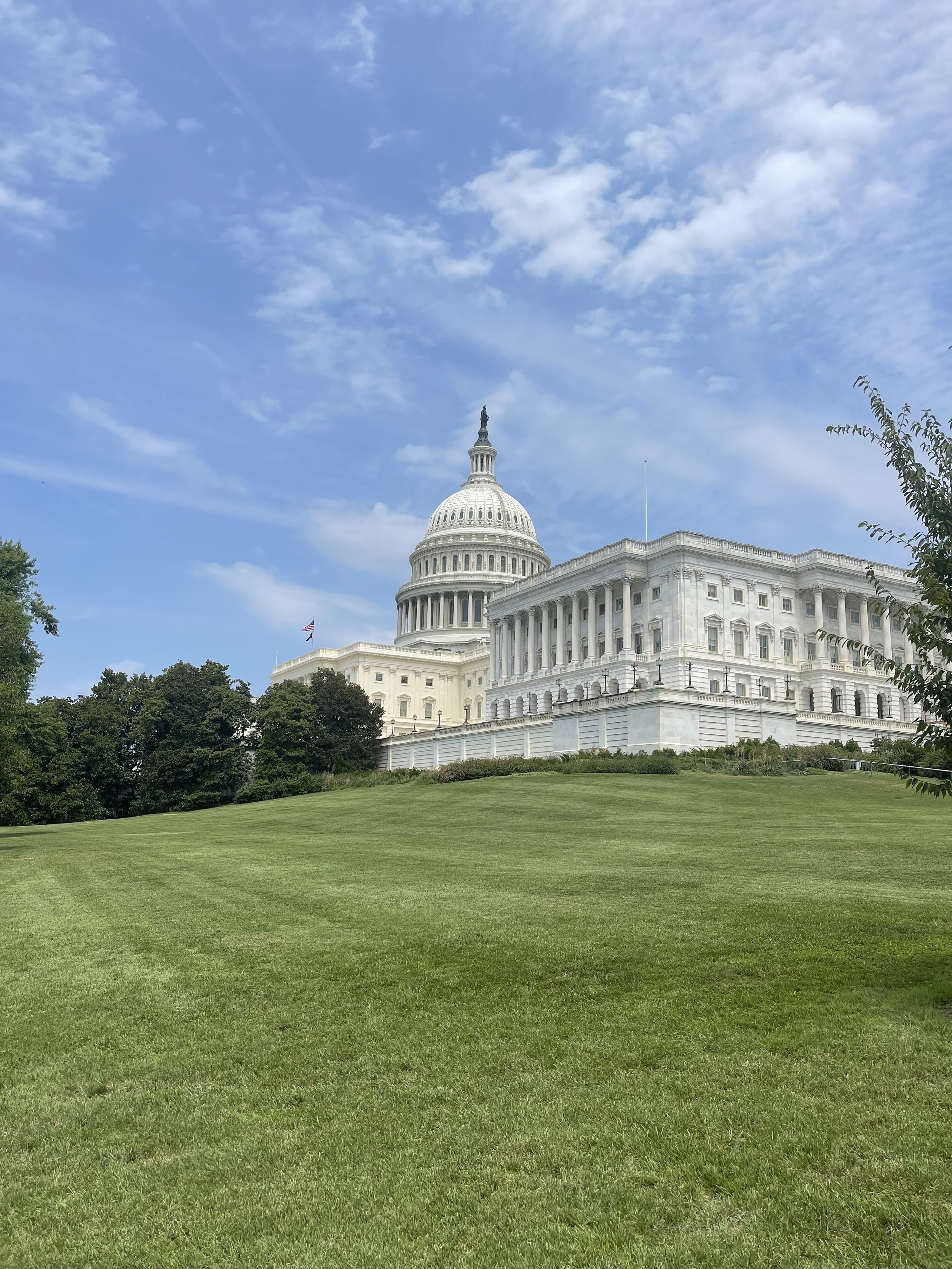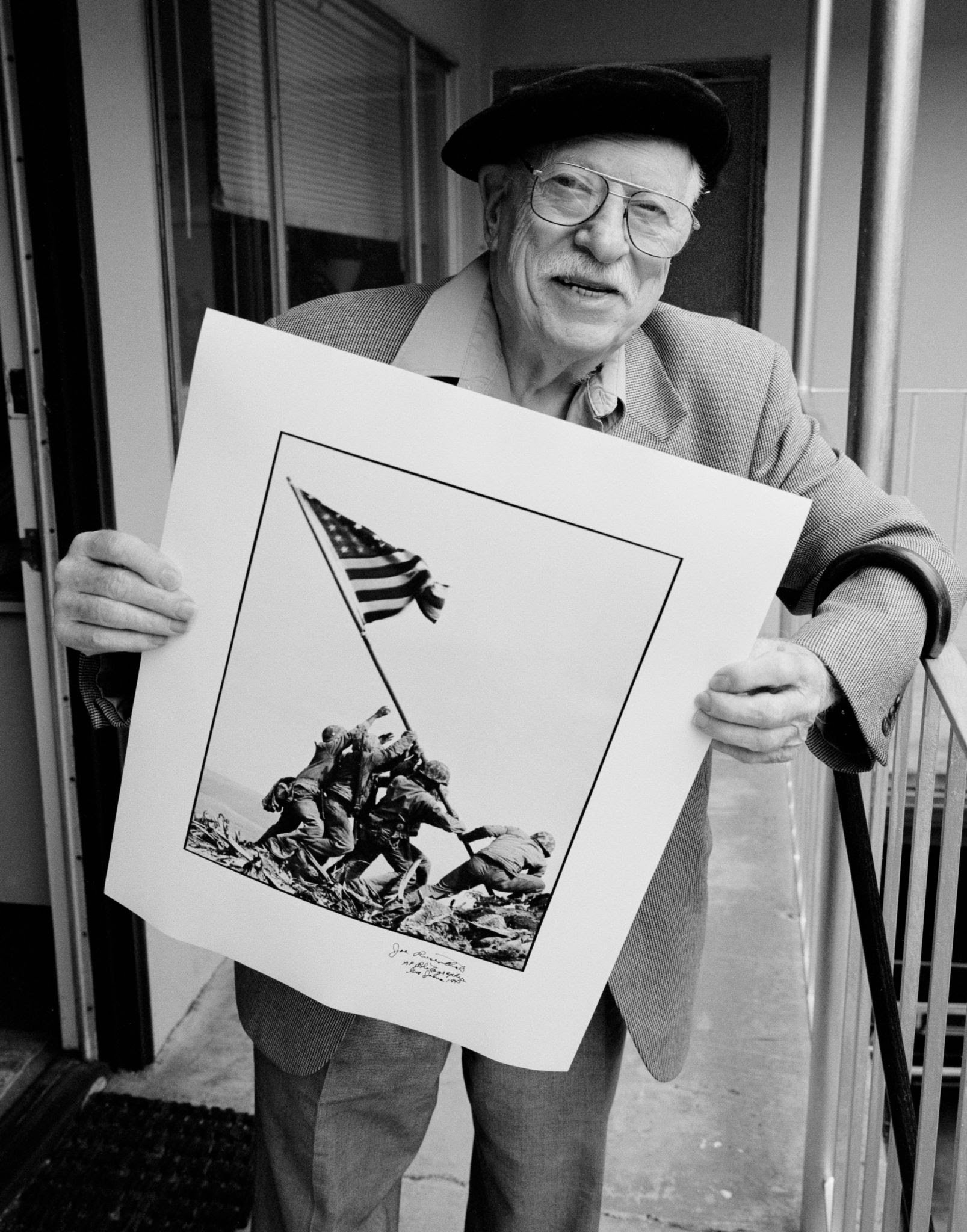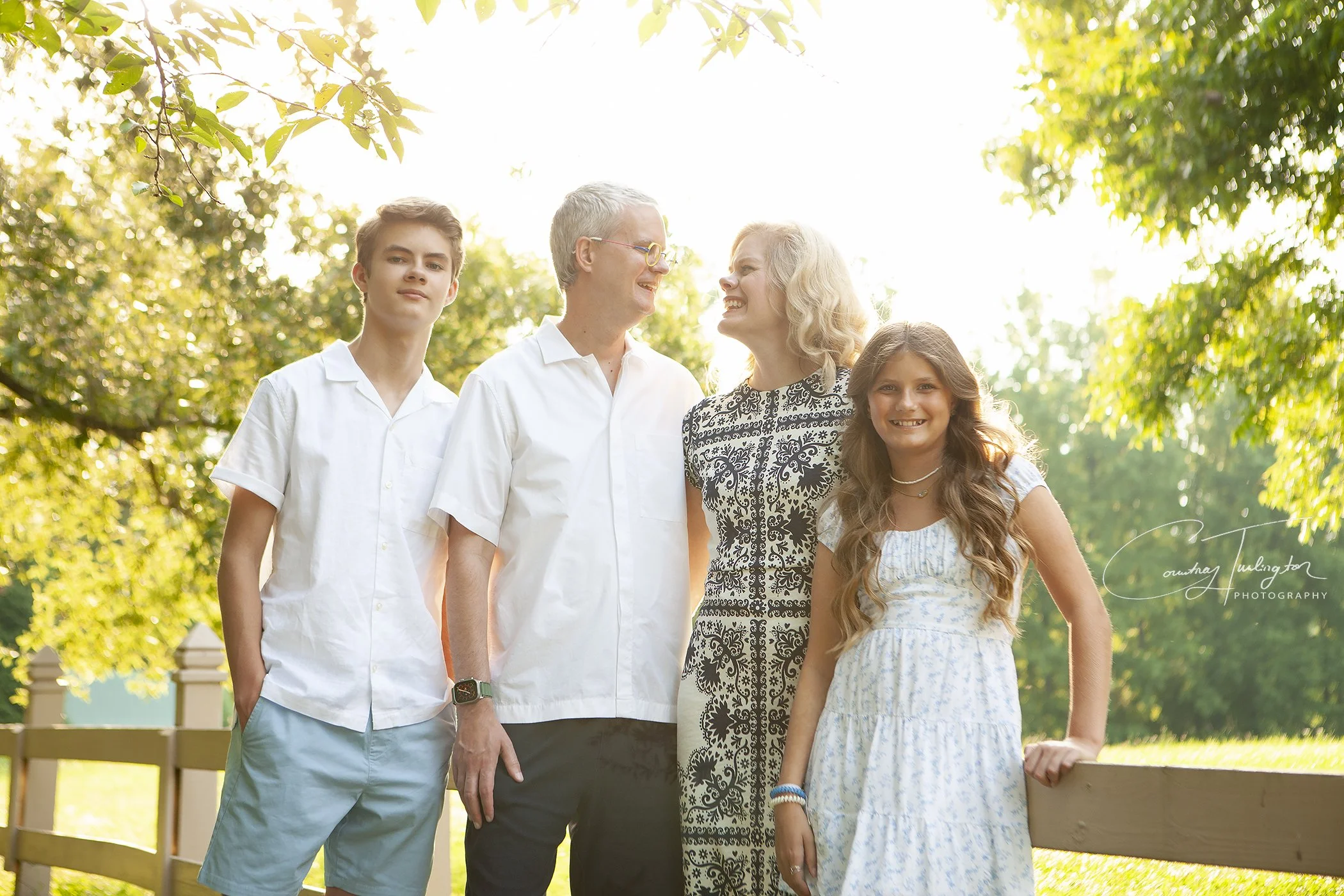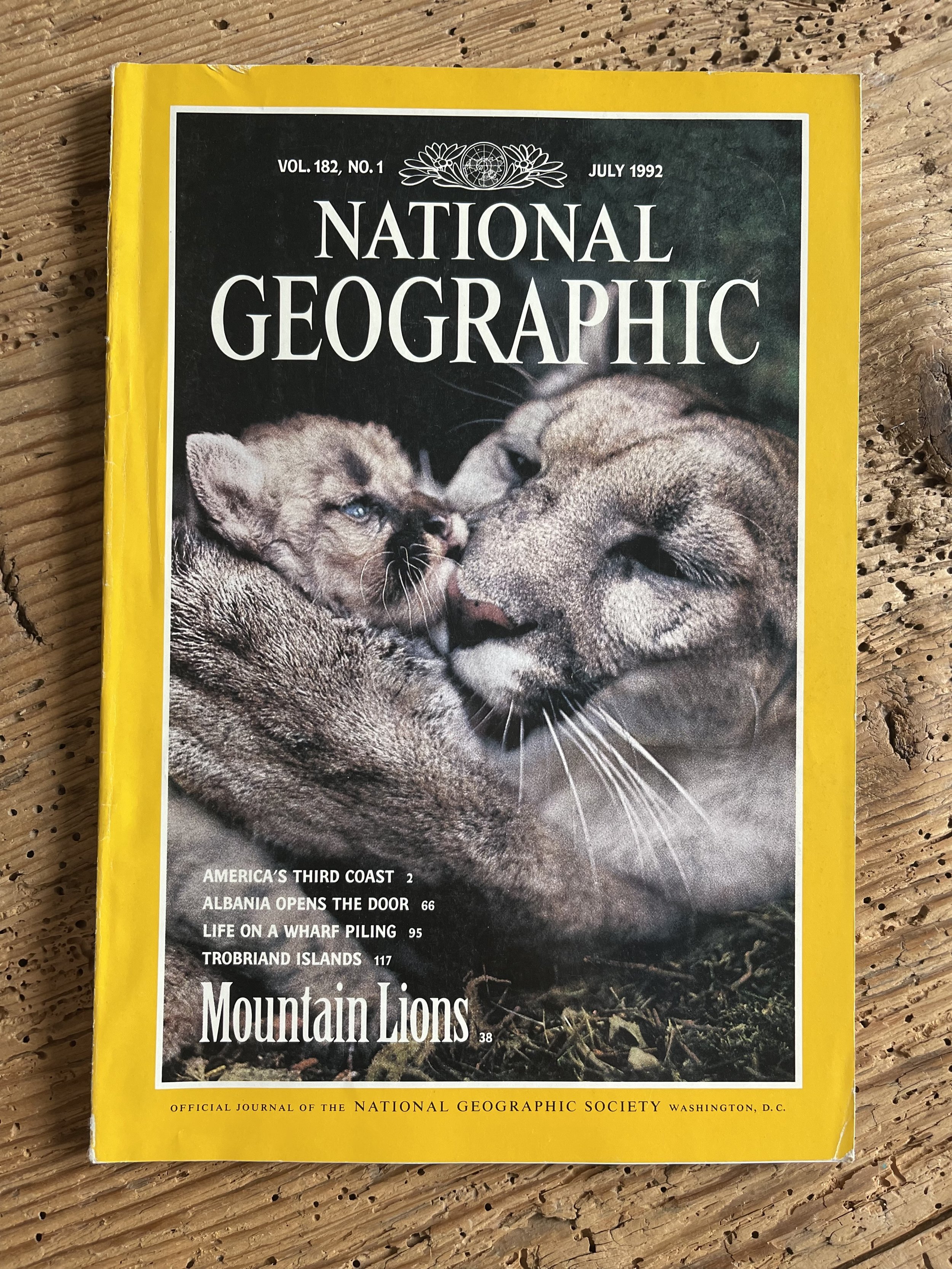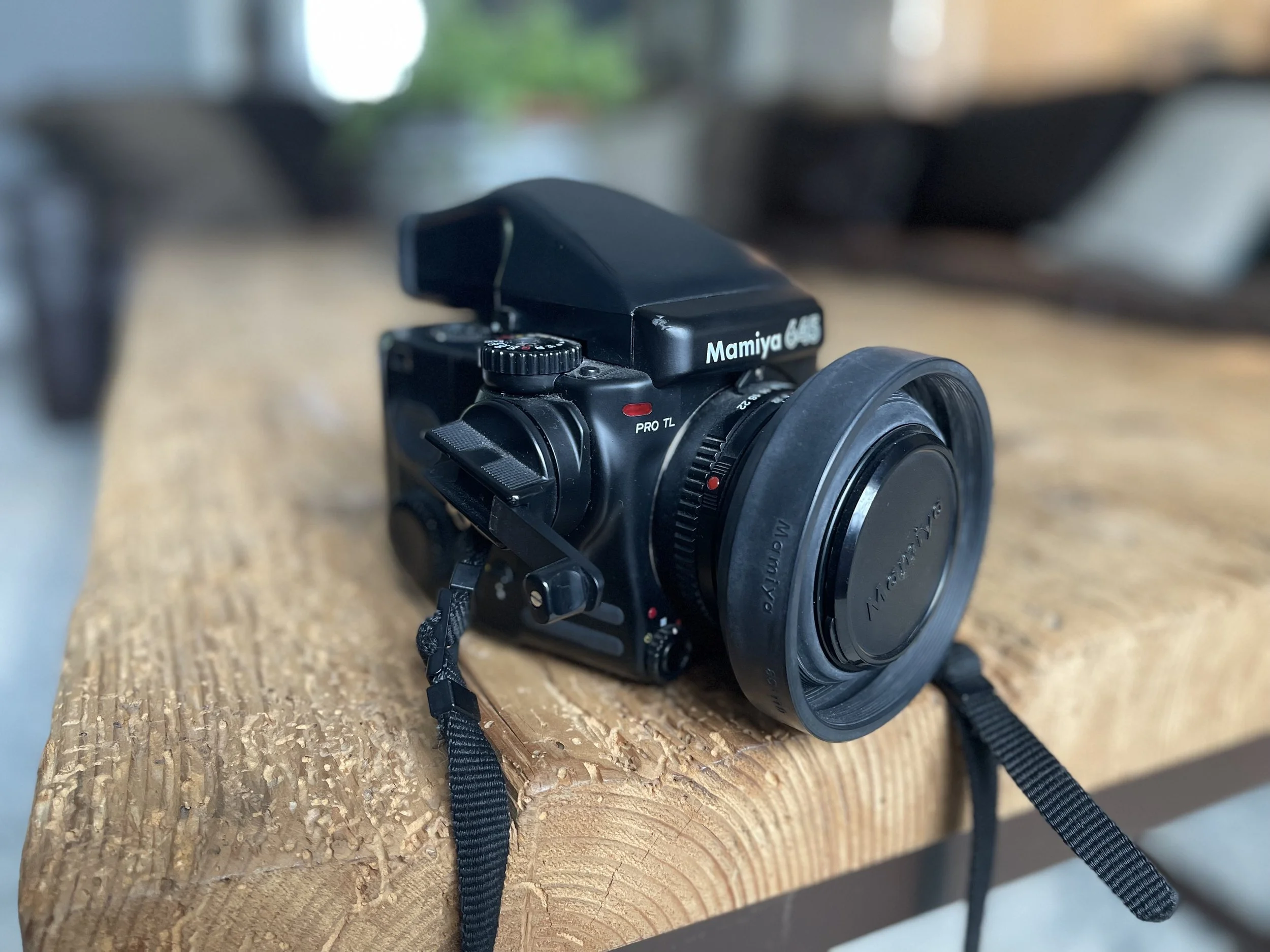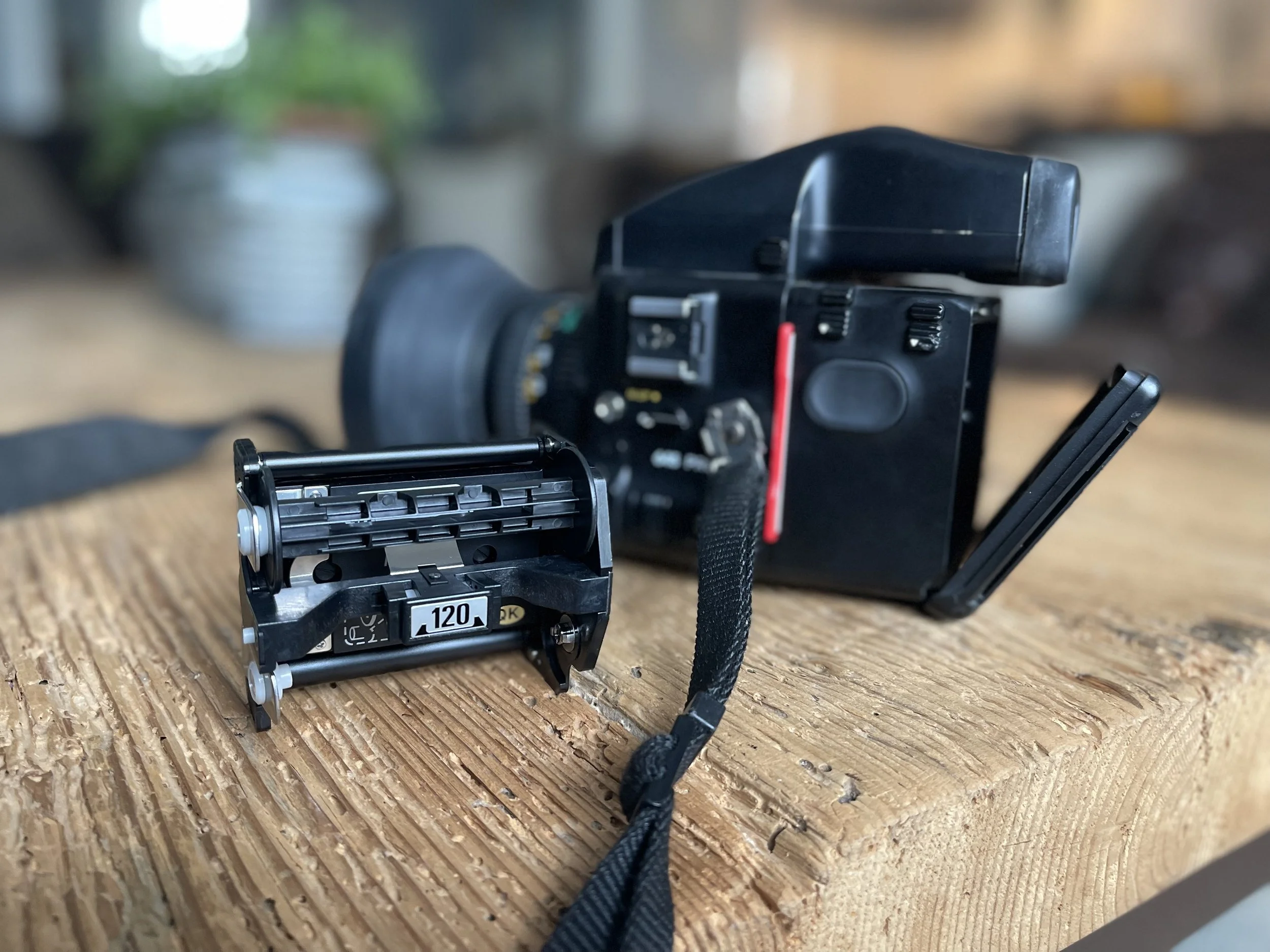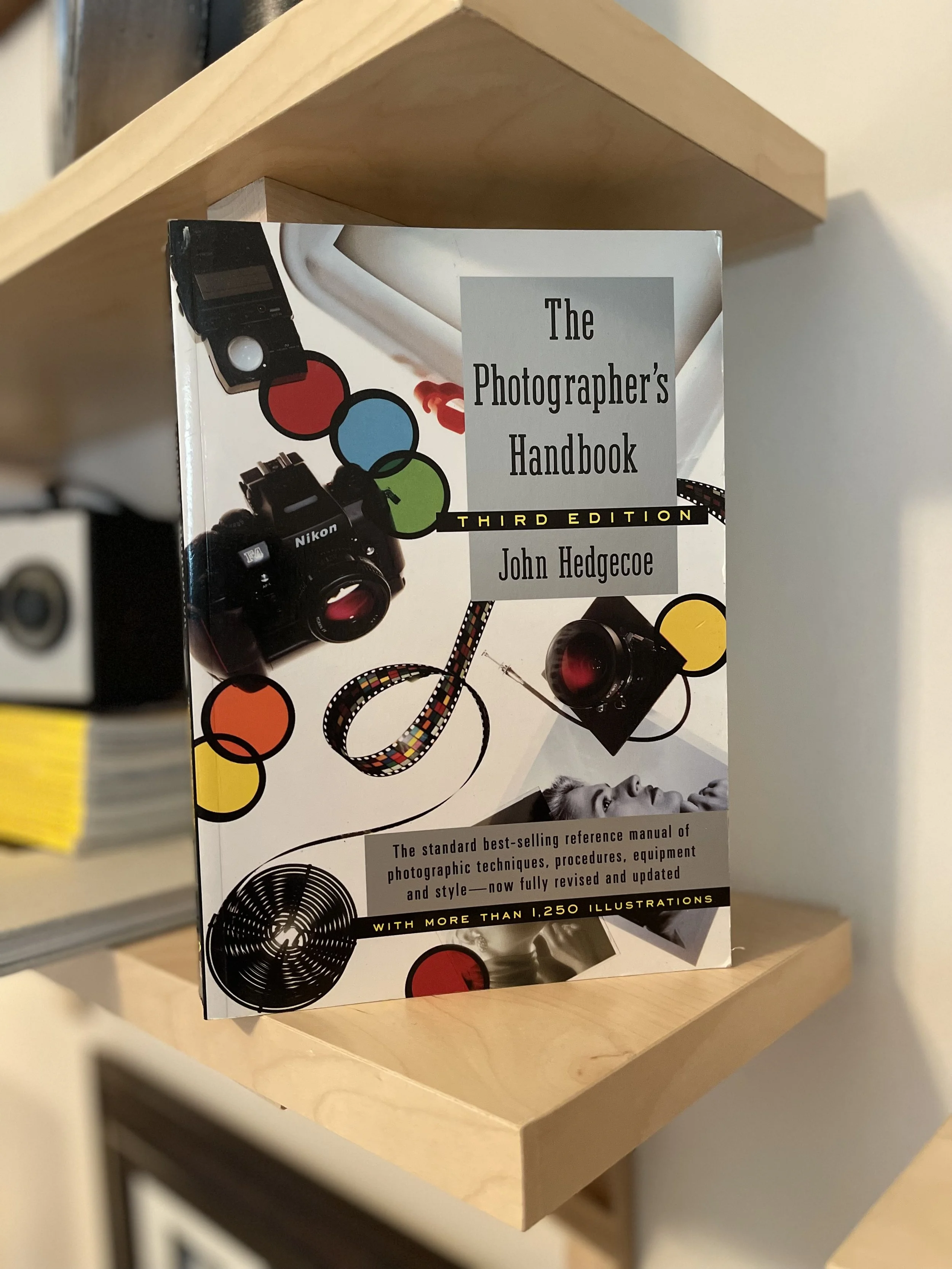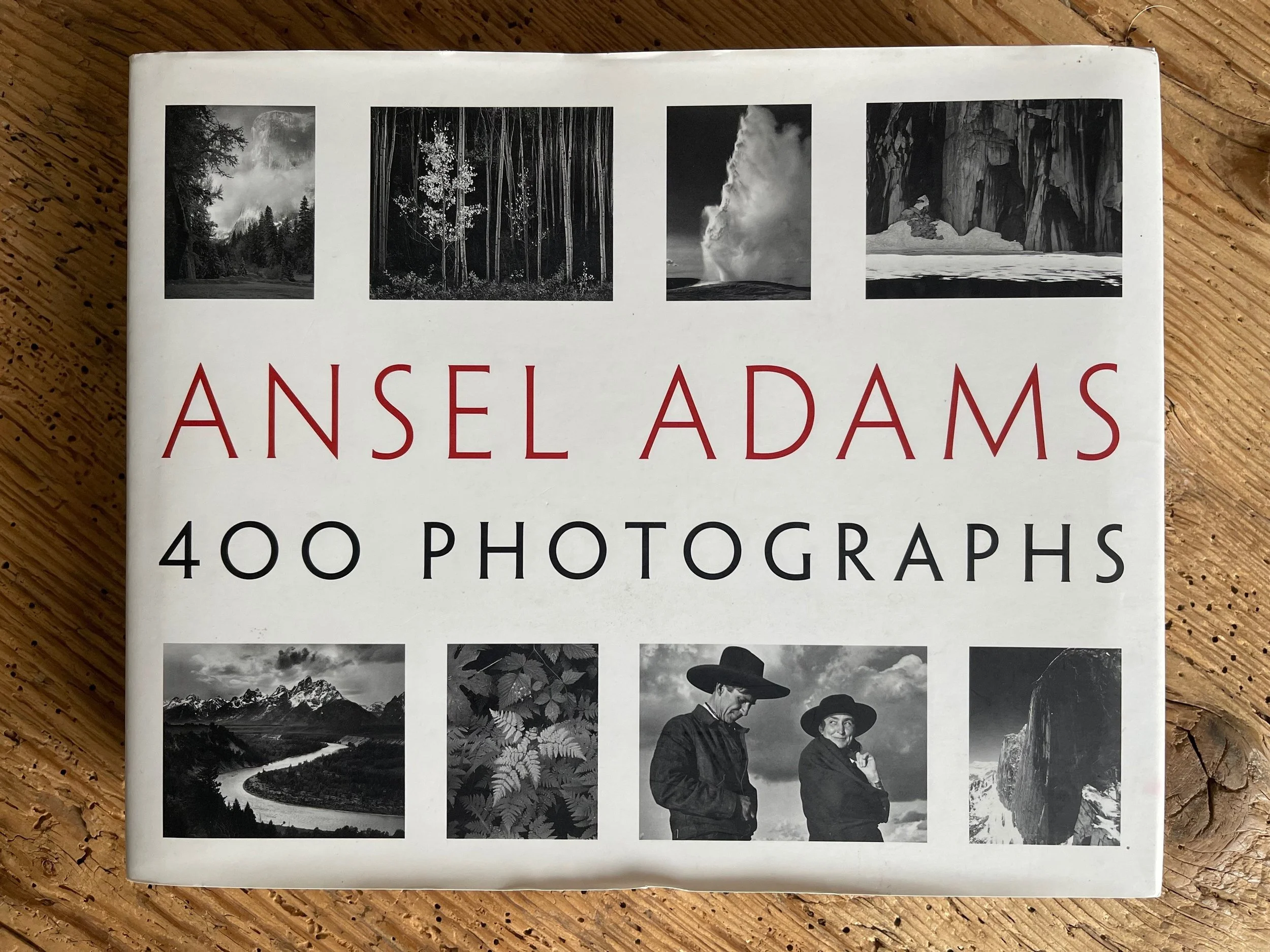Happy September! I’m not sure how we got here so fast…but here we are once again bidding summer goodbye and welcoming fall. Here in North Carolina we technically have about 3 summers and 4 falls depending on what the weather feels like doing that day. Regardless, we are entering one of my favorite seasons. Not only do I love fall for photography, but who doesn’t love the beautiful fall colors, crisp air and pumpkins everywhere?! I love it!
Before we get too far into fall I wanted to re-cap all of the amazing things that took place over the summer. It was one of the busiest summers in a long time, but oh so sweet!
At the very beginning of June my family and I were able to take some much needed vacation time to the beach. We haven’t been able to take a week long getaway for several years, so it was that much more appreciated. We stayed at the Fort Caswell end of Oak Island, NC and it was beautiful.
Soon after we got back home I hit the ground running with the launch of the Tween To Teen Portrait Team! A select group of tweens and teens are participating as “portrait ambassadors”, and we are having a blast! This special team was created to help capture those middle school years that most of us tend to skip over, especially where pictures are concerned. I think it’s so important to emphasize this age group and help build confidence in these kiddos as they face so many new changes and challenges as they approach their teens. Here are some images from a few of the sessions that we had over the summer.
Another new launch this summer included my Simply Timeless black & white sessions. The images captured during these special sessions were all a part of an International Art Gallery show which I have been invited to participate in in Illinois in just a few short weeks! I’m going to wait to reveal which image was chosen for display at the show, but I will tell you it was SO hard to pick just one! I really enjoyed creating artwork from these sessions and had such a great response from my clients, I have decided to offer these exclusive black & white sessions throughout the year!
In July I was able to attend a “Summer Camp” photography workshop in Charlottesville, VA with fellow photographer’s from around the country. It was an awesome time of learning and networking as I continue to work hard to bring my clients fresh and new ideas and techniques to my portrait photography business. We used to live in Virginia many years ago, so it was fun to reminisce as I got to drive through the beautiful countryside.
Right after Summer Camp I headed to Washington, D.C. to meet my family for a quick weekend getaway enjoying the monuments and museums. We always enjoy our time in D.C. and look forward to going back soon!
I was so blessed to have so many wonderful opportunities this summer! I’m really looking forward to all of the new things coming this fall….including an exclusive Veterans Day Portrait event that I am so excited about! Stay tuned to your inboxes and my social pages to find out more details!
Photo by Rebecca Mabey Photography










